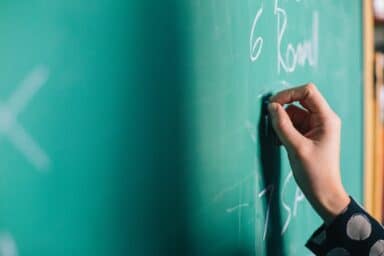Learning Disabilities
How to Help a Child with a Learning Disability
Practical parenting tips for home and school
16 mins

Learning disabilities affect how a child understands, processes, and responds to new information. By better understanding your child’s challenges, you can help them succeed in school and in life.
View FAQs
Practical parenting tips for home and school

Types, signs, and help for learning differences



Understand more about neurodiversity
